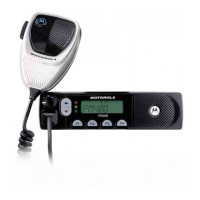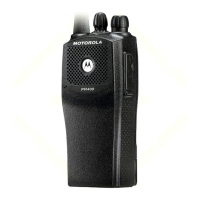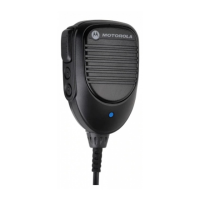3-2 ACCESSORIES
1.3 Selecting the right battery
The selection of the correct battery for a particular application will depend on many factors. A typical
procedure for battery selection is shown below:
■
■
Identify if the product will be operated in an intrinsic safe environment.
■
■
Identify the required operating temperature range. For example, inside all day in air-
conditioned ofÞce or inside a food freezing plant.
■
■
Having chosen the required performance, select the most appropriate radio battery
combination.
■
■
For most effective radio performance use only Motorola branded batteries.
1.4 Battery Terminology
Memory Effect
Failing to fully discharge a battery on regular basis causes an accumulation of tiny gas bubbles and
the formation of irregular shaped crystals, which adhere to the cell plates. These irregular shaped
crystals drain the battery of its true capacity capability.
The result is the battery will only charge to the level at which it was last discharged.
For example, a person over many months routinely uses 70% of the battery capacity. In a Nickel
Cadmium battery that originally had a run time of 8 hours the run time could be reduced to only 5.6
hours after memory effect had set in.
To avoid the memory effect, use all of the available battery capacity completely.
Table 3-1 Battery SpeciÞcations
Radio Weight: (gm)
With standard NiMH Battery 429
With NiCd Battery 454
Average Battery Life @5/5/90 Cycle Low Power High Power
With standard NiMH Battery 10 hours 8 hours
With NiCd Battery 10 hours 8 hours
Table 3-2 Battery Selection
Part Number Description
PMNN4018 NiMH High Capacity Battery
PMNN4019 NiMH High Capacity Battery FM
PMNN4021 NiCd High Capacity Battery
